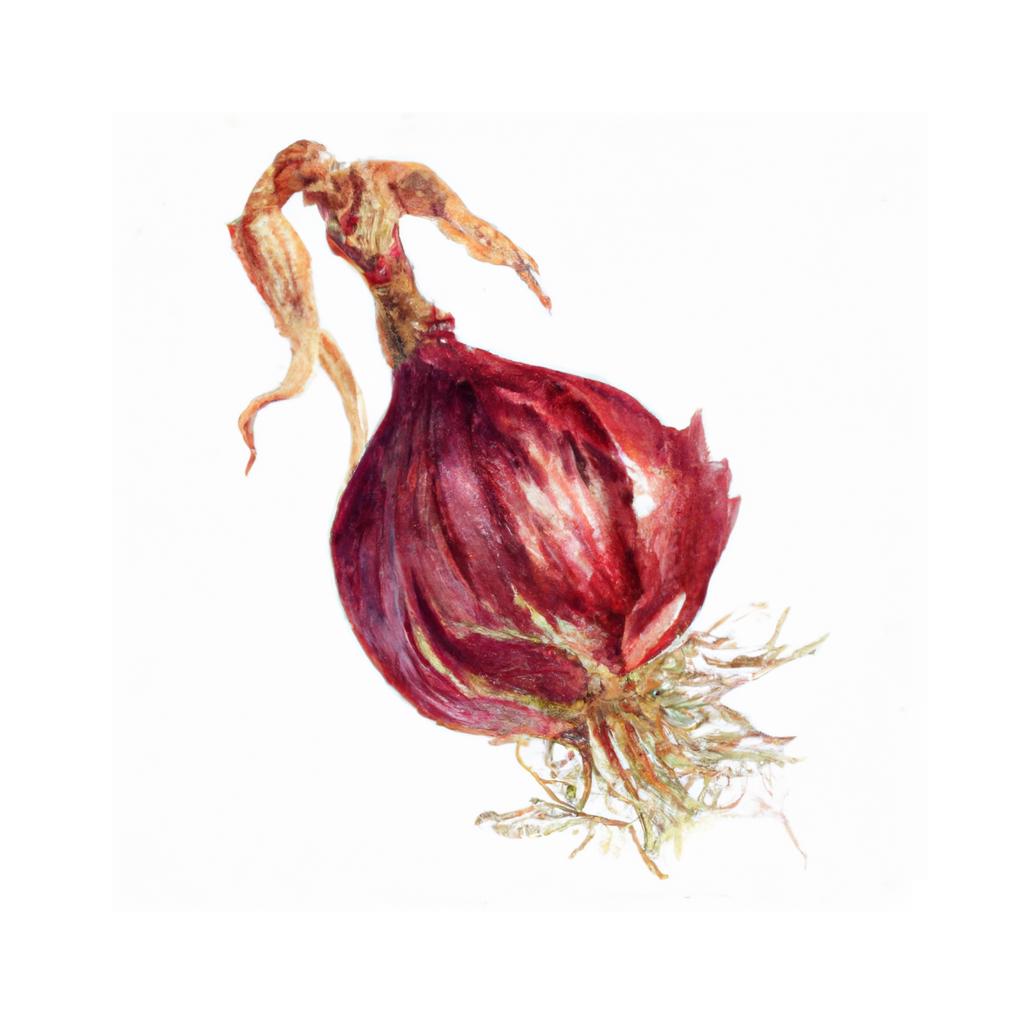
Shallots (Allium cepa var. aggregatum) are part of the onion family and are known for their mild and sweet flavor compared to regular onions. They are composed of multiple small bulbs, which are usually separated and planted individually when grown in a garden. Shallots have been cultivated for thousands of years and are believed to have originated in Central or Southeast Asia.
In terms of culinary use, shallots are highly versatile and are often used in French cuisine – think sauces such as béarnaise and vinaigrettes. They also provide a delicate, slightly sweet flavor to dishes as they cook down, making them ideal for sautéing, caramelizing, or using raw in salads. As a general rule, shallots pair well with other mild ingredients, such as mushrooms, asparagus, and eggs.
The health benefits of shallots should not be overlooked, as they contain vitamins and minerals that contribute to a balanced diet. These include vitamin C, potassium, manganese and some B vitamins. Shallots also have antioxidant properties due to their high levels of quercetin, a flavonoid that is known to protect against heart diseases and certain types of cancer.
When growing shallots in your garden, it is best to plant them in well-draining soil with plenty of sunlight. They typically require little maintenance beyond occasional watering during dry spells. Harvesting usually takes place in late summer, and you can easily tell when they're ready – the tops will begin to turn yellow and fall over.
This is advice is most applicable to growers in the UK, you may need to adjust the timings if you live somewhere with a different climate and/or seasons.
| Month | Tasks | Advice |
|---|---|---|
| January | - | - |
| February | Plant shallot sets in well-prepared, fertile soil., | Choose a sunny location for planting shallots. Ensure that the soil is well-drained and has been prepared with compost or well-rotted manure. |
| March | Water during dry spells., | Keep the soil around your shallots moist but not waterlogged. Be careful not to overwater. |
| April | Water during dry spells., | Keep the soil around your shallots moist but not waterlogged. Be careful not to overwater. |
| May | - | - |
| June | Harvest shallots when the leaves turn yellow and become floppy., | Lift shallots gently with a garden fork, avoiding damage to the bulbs. Allow them to dry in the sun for several days before storing. |
| July | - | - |
| August | - | - |
| September | Plant autumn-planting shallot sets., | Choose a sunny location for planting shallots. Ensure that the soil is well-drained and has been prepared with compost or well-rotted manure. |
| October | - | - |
| November | - | - |
| December | - | - |